Often artists complain about their colors feeling dull or dirty and are at a loss as to what to do about it. Dirty color is easily corrected by revising work habits. Here are four suggestions that can go a long way towards getting clean, crisp color.
1. Constantly wipe your brush clean
Make a habit of holding a brush in one hand and a paper towel in the other. Any time you switch colors, wipe the brush by squeezing out excess paint with the paper towel.
If you’re switching to a new color that’s much darker or lighter, don’t just squeeze out the brush—instead, rinse the brush, squeeze out excess moisture, and then dip into the new color.
You will discover that keeping your brush clean while working goes a long way towards giving you precise values and clear, crisp colors.
2. Don’t skimp on paint
Too little paint often results in weak color. Load your brush with adequate amounts of paint to stroke the surface and avoid trying to stretch your paint by spreading it so thin that the texture of the surface comes through. Consider each stroke an expression, not an application of paint.
3. Avoid over-stroking and over-blending
Start thinking of your brush as a tool to shape the paint, not just as an applicator of paint. This means slow down. Be deliberate with each stroke and avoid repeating a stroke in the same spot. Connect a new stroke to reshape a previous one, then move on to the next one somewhere else. Over-stroking and over-blending can flatten out and muddy up a color very quickly.
4. Find the right hue to lighten your colors
Do you reach for white each time you want to make a color lighter? Let's rethink that habit.
Adding white alone changes the color temperature, making the color look dramatically different. Rather than automatically reaching for white, try to find another color that will give you the value change you need while allowing the color to remain in character.
For example, notice the difference between alizarin crimson lightened with cadmium red light, then white as compared to alizarin crimson lightened with white alone.
White is among the most beneficial and versitile paints on our palettes, but learning to use it with other colors rather than as a crutch to lighten will go a long way towards keeping those colors clean.
Note: This week's tip is a dusted off and polished redo from my Empty Easel article published in 2008.
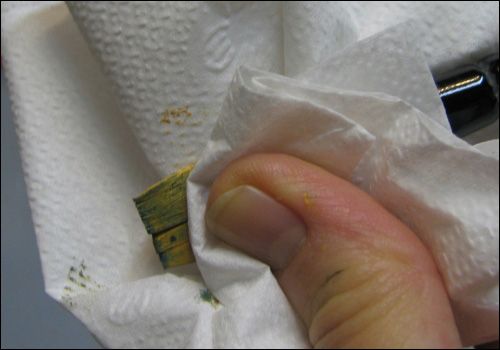
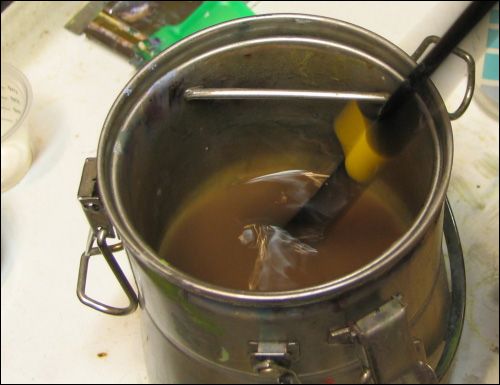
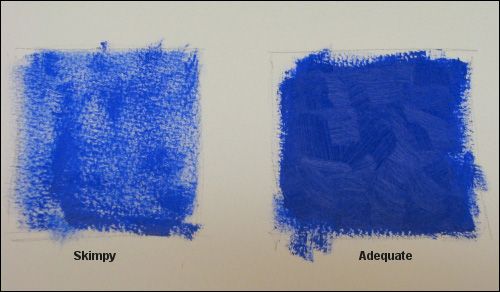
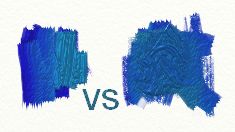
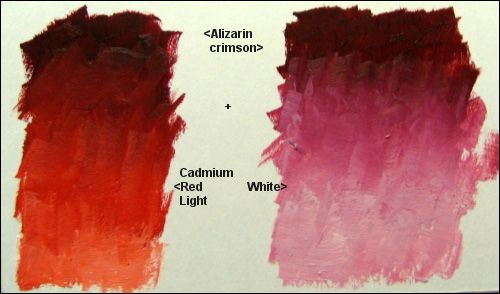
No comments:
Post a Comment